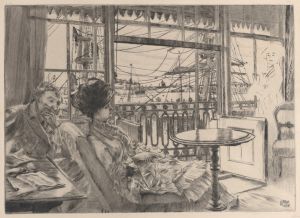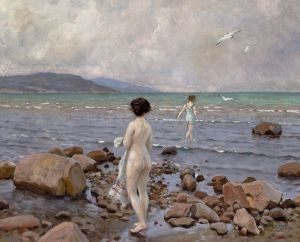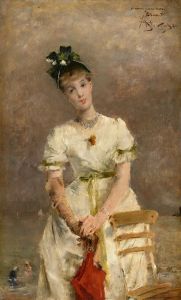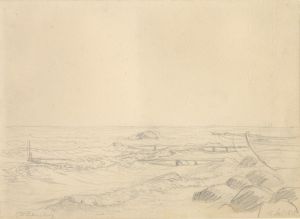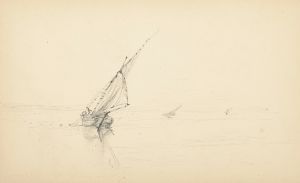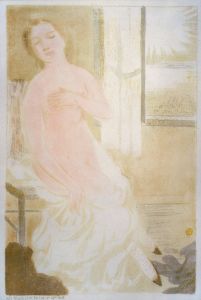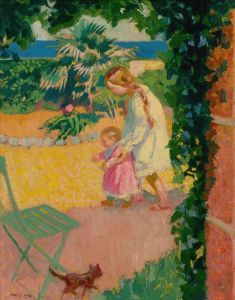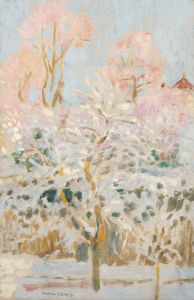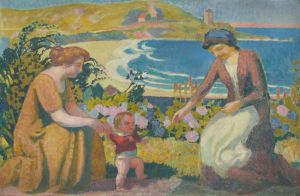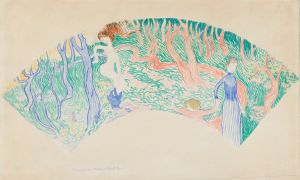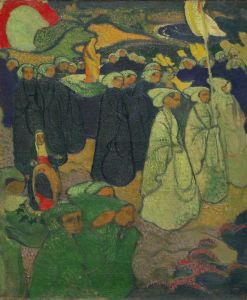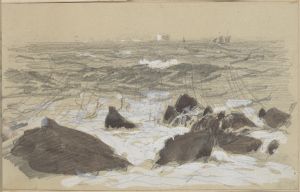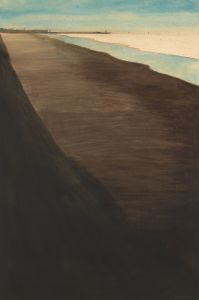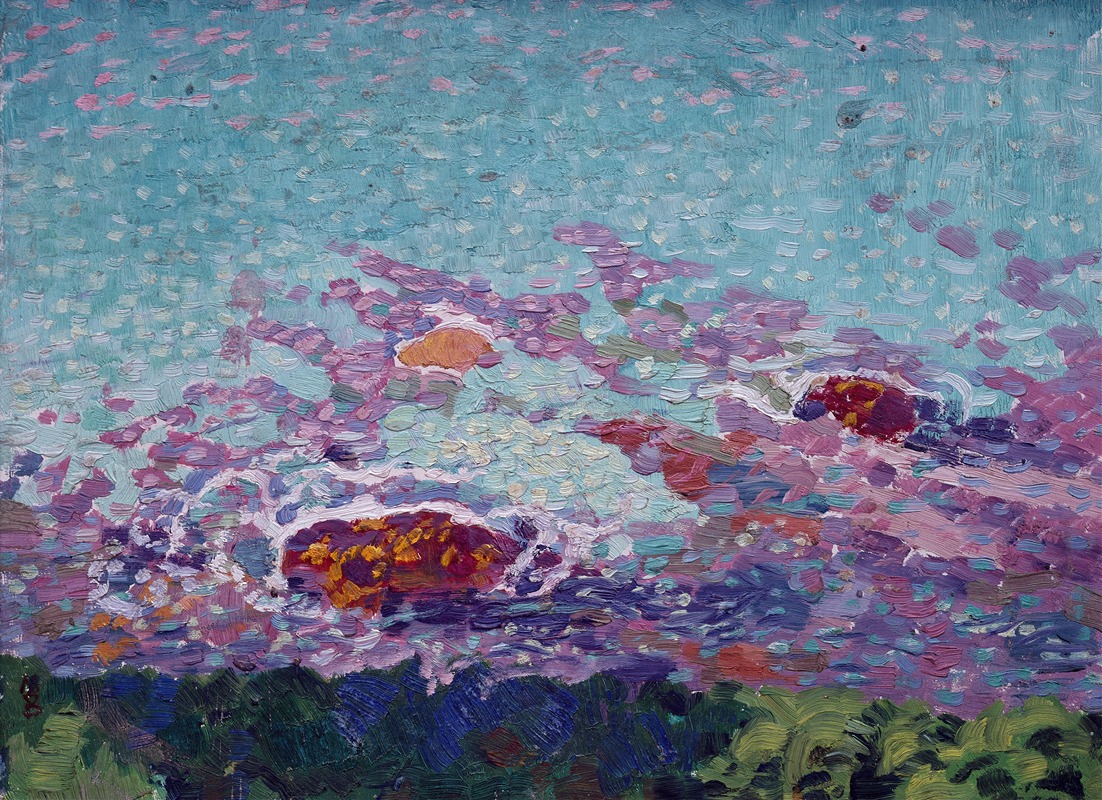
Ocean Coast
A hand-painted replica of Maurice Denis’s masterpiece Ocean Coast, meticulously crafted by professional artists to capture the true essence of the original. Each piece is created with museum-quality canvas and rare mineral pigments, carefully painted by experienced artists with delicate brushstrokes and rich, layered colors to perfectly recreate the texture of the original artwork. Unlike machine-printed reproductions, this hand-painted version brings the painting to life, infused with the artist’s emotions and skill in every stroke. Whether for personal collection or home decoration, it instantly elevates the artistic atmosphere of any space.
Maurice Denis (1870–1943) was a French painter, decorative artist, and writer, associated with the Symbolist and Post-Impressionist movements. He was a founding member of the Nabi group, which sought to synthesize art and spirituality, and he played a significant role in the transition from Impressionism to modern art. Denis's work is characterized by its emphasis on flatness, decorative qualities, and the use of bold colors.
"Ocean Coast" by Maurice Denis is one of his many works that reflect his interest in capturing the essence of nature and the spiritual dimensions of the landscape. While specific details about this particular painting are limited, Denis's broader body of work provides context for understanding his artistic approach and thematic concerns.
Denis was deeply influenced by his Catholic faith, which often informed his artistic vision. He believed that art should convey spiritual truths and that the artist's role was to reveal the divine in the everyday world. This perspective is evident in his landscapes, which often depict serene and harmonious scenes imbued with a sense of tranquility and reverence for nature.
In "Ocean Coast," Denis likely employed his characteristic style, which includes simplified forms, rhythmic compositions, and a harmonious color palette. His landscapes often feature broad, flat areas of color and a decorative approach that emphasizes the surface of the canvas. This technique aligns with his belief that a painting should be a "flat surface covered with colors assembled in a certain order," a statement that underscores his departure from the illusionistic traditions of the past.
Denis's work was also influenced by his travels, particularly his visits to coastal regions in France. The ocean and coastline were recurring motifs in his art, symbolizing both the beauty and the mystery of the natural world. In depicting the ocean coast, Denis would have been interested in capturing the interplay of light and color, as well as the spiritual resonance of the sea as a symbol of infinity and the divine.
Throughout his career, Denis maintained a commitment to the idea that art should be both beautiful and meaningful. His landscapes, including those depicting ocean coasts, reflect his desire to create works that are not only visually pleasing but also spiritually enriching. By focusing on the essential forms and colors of the landscape, Denis sought to evoke a sense of peace and contemplation in the viewer.
While specific information about "Ocean Coast" is limited, it can be appreciated within the broader context of Maurice Denis's artistic philosophy and his contributions to modern art. His work continues to be celebrated for its innovative approach to color and form, as well as its ability to convey profound spiritual and emotional truths through the depiction of the natural world.





